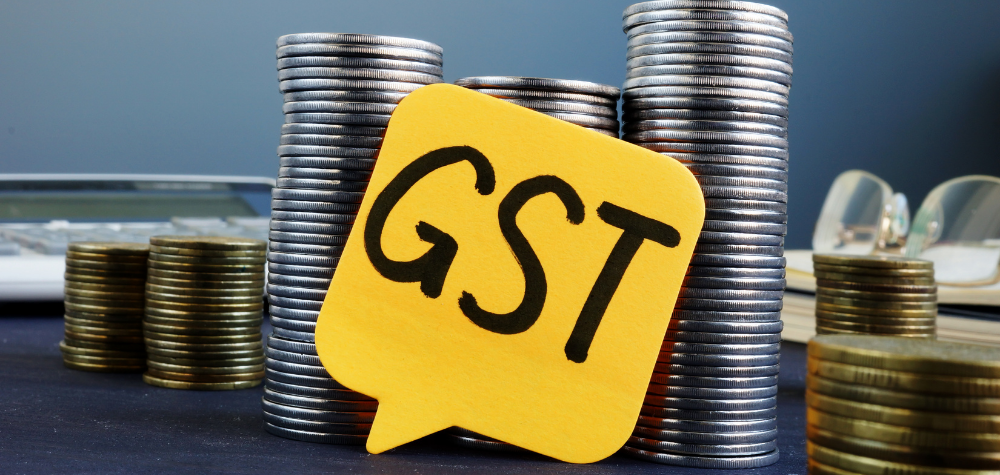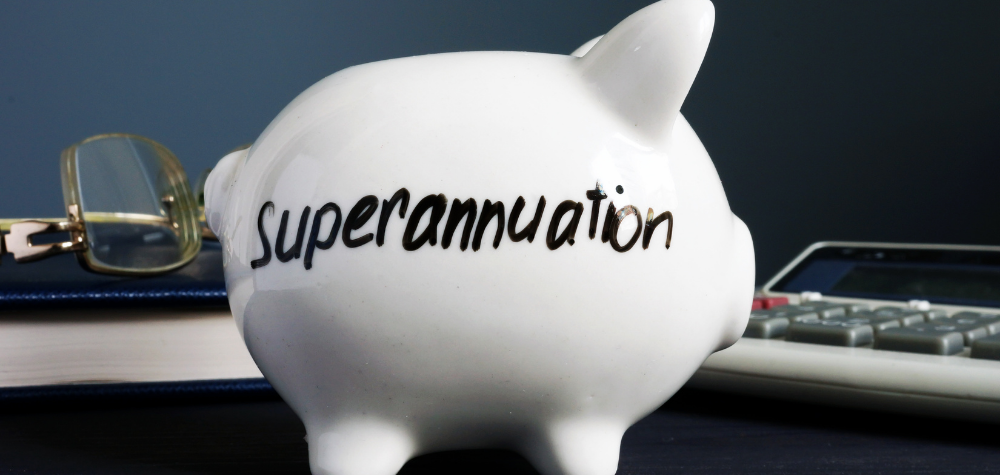Registering for an ABN and applying for GST refunds when you don’t own a business or are not eligible is fraud.
The Australian Taxation Office (ATO) has identified a significant number of GST refund fraud attempts, totalling an estimated $850 million to around 40,000 individuals. This fraud involves predominantly participants inventing fake businesses to claim false refunds.
Sophisticated risk models deployed by the ATO, coupled with intelligence received from banks including through the AUSTRAC-led Fintel Alliance and the Reserve Bank of Australia, identified a recent spike in suspicious refunds. Currently, the ATO has stopped $770 million in payments from being issued.
The fraud involves offenders inventing fake businesses and Australian Business Number (ABN) applications, many in their own names, then submitting fictitious Business Activity Statements in an attempt to gain a false GST refund.
Currently, this fraudulent activity has been circulating as online advertising and content, particularly on social media and their platforms.
Reminders For The Community
- The ATO does not offer loans. If you see someone advertising a way to get a loan from the ATO, it’s not legitimate.
- The ATO does not administer COVID disaster payments.
- If you are not operating a business, you do not need an ABN, and you don’t need to lodge a GST return.
- Backdating your business registration so you can apply for a refund will flag you as high risk in our systems.
- False declarations may impact eligibility for other government payments.
- The ATO possess the data matching ability to detect these patterns and stop fraud.
- If something seems too good to be true, seek independent advice from an adviser who has no connection to the arrangement before taking any action, or phone the ATO.
What This Means For Businesses:
- Legitimate businesses may face extra steps to receive their refunds as extra controls are put in place.
- To prevent people from lodging fraudulent claims, the ATO has engaged tighter controls around ABN and GST registration.
Were You Involved?
The ATO is urging anyone already involved to come forward now on a voluntary basis rather than face tougher consequences later. They will be recouping the funds, and there will likely be a better outcome for you if you approach them first.
People who have participated in this fraud may have unwittingly followed advice they have read online, claiming to help access a loan from the ATO, or receive other financial government support such as a disaster payment.
However, for others where there was nothing accidental or unintentional about setting up a fake business in their own name and seeking an unearned refund, harsher penalties could be faced.
If you become involved in this arrangement, you need to speak with the ATO now. They will be able to support you with a range of self-help options. You may be able to correct it yourself, the ATO may be able to assist you, or you may be referred to a trusted advisor like a tax agent (such as us) to help you.









